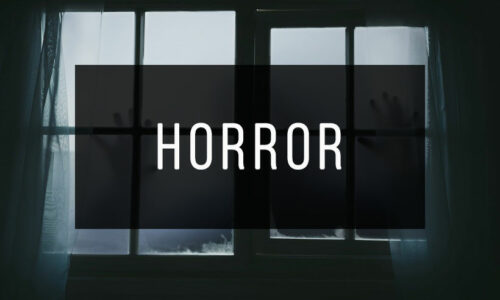Sarrasine
Author: Honoré de Balzac
*Wait a few seconds for the document to load, the time may vary depending on your internet connection. If you prefer, you can download the file by clicking on the link below.
Download* If you have doubts about how to download free books from InfoBooks, visit our guide to downloading books.
This may interest you
The Unknown Masterpiece
Honoré de Balzac
The Unknown Masterpiece is a short story first published in the newspaper L'Artiste in August 1831. The story is a reflection on art and has had an important influence on modernist artists.
The young Nicolas Poussin, still unknown, visits the painter Porbus in his workshop. He is accompanied by the old master Frenhofer, who admits that he has been unable to find a suitable model for his own masterpiece, which depicts a beautiful courtesan named Catherine Lescault. He has been working on this future secret masterpiece for ten years.
Poussin offers his own lover as a model. Gillette is so beautiful that Frenhofer is inspired. Poussin and Porbus come to admire the painting, but all they can see is part of a foot that has been lost in a swirl of colors.
El Verdugo
Honoré de Balzac
El Verdugo is a short story published in 1829 and set in the coastal town of Menda (Spain) during the Peninsular War. The officer Victor Marchand is in command of the occupying French garrison, who in turn is in love with Clara, the daughter of the local grandee, the Marquis Léganès.
When an uprising is led by the Marquis against the French garrison, Marchand survives because he is warned by Clara, and flees to the nearby French military headquarters. A few days later, the French retake Menda and the town surrenders without a fight.
The French general accepts the surrender and promises not to sack the town in exchange for the surrender of the leading citizens, and orders the hanging of the leaders of the uprising, including the Marquis Léganès and his entire family. Marchand tries to convince Clara that she will be saved if she agrees to marry him, but she refuses.
Gobseck
Honoré de Balzac
Gobseck is a novel whose main theme is greed. It first appeared in outline form in La Mode in March 1830 under the title l'Usurier (The Usurer), and then in novel form in a volume published by Mame-Delaunay under the title Les Dangers de l'inconduite. The final title, Gobseck, appeared in 1842 in the Furne edition of La Comédie Humaine.
The plot is set in the French Restoration, and introduces us to the lawyer Maître Derville and the Vicomtesse de Grandlieu. Derville tells a story centered on Anastasie de Restaud, who is the daughter of a rich bourgeois who has married into the aristocracy, but who is bored with her marriage because it lacks love and passion.
As a result, Anastasie de Restaud has an affair with Maxime de Trailles and spends her fortune on him, so she turns to the usurer Jean-Esther van Gobseck for financial help.
Louis Lambert
Honoré de Balzac
Louis Lambert is a novel written during the summer of 1832. It focuses on the life and metaphysical ideas of the child genius Louis Lambert, who was fascinated by the Swedish philosopher Emanuel Swedenborg. It also tells of his only friend, a classmate called "the Poet".
This work could be considered a fictionalized autobiography of Balzac, as it offers a glimpse into his childhood, with details and events from his life. It is worth noting that while studying at Vendôme, Balzac wrote an essay entitled Traité de la Volonté (Treatise on the Will) in which he analyzed Swedenborg's philosophy.
The novel begins with a description of Louis' background. In 1811 he met the Swiss writer Madame de Staël, who, impressed by his intellect, paid his tuition at the Collège de Vendôme. There he meets "the Poet", rejected by the other students, the two boys bond through discussions of philosophy and mysticism.
The Elixir of Life
Honoré de Balzac
The Elixir of Life features Don Juan Belvidero, who is dining with his friends in the family palace, when a servant informs him that his father, the wealthy nobleman Bartolommeo Belvidero, is dying.
Juan goes to his father's room, and his father orders him to take a phial of liquid from one of the drawers, and then, on his deathbed, orders Juan to rub his body with this liquid after he is dead, saying that it will bring him back to life.
After informing his guests of his father's death and bidding them farewell, Juan returns to the room and puts a drop of the liquid in his father's eye, after which the eye comes back to life. After the initial shock, Don Juan kills his father's eye. Years go by and now he is the one who, on his deathbed, tells his son Felipe about the phial of liquid...






































